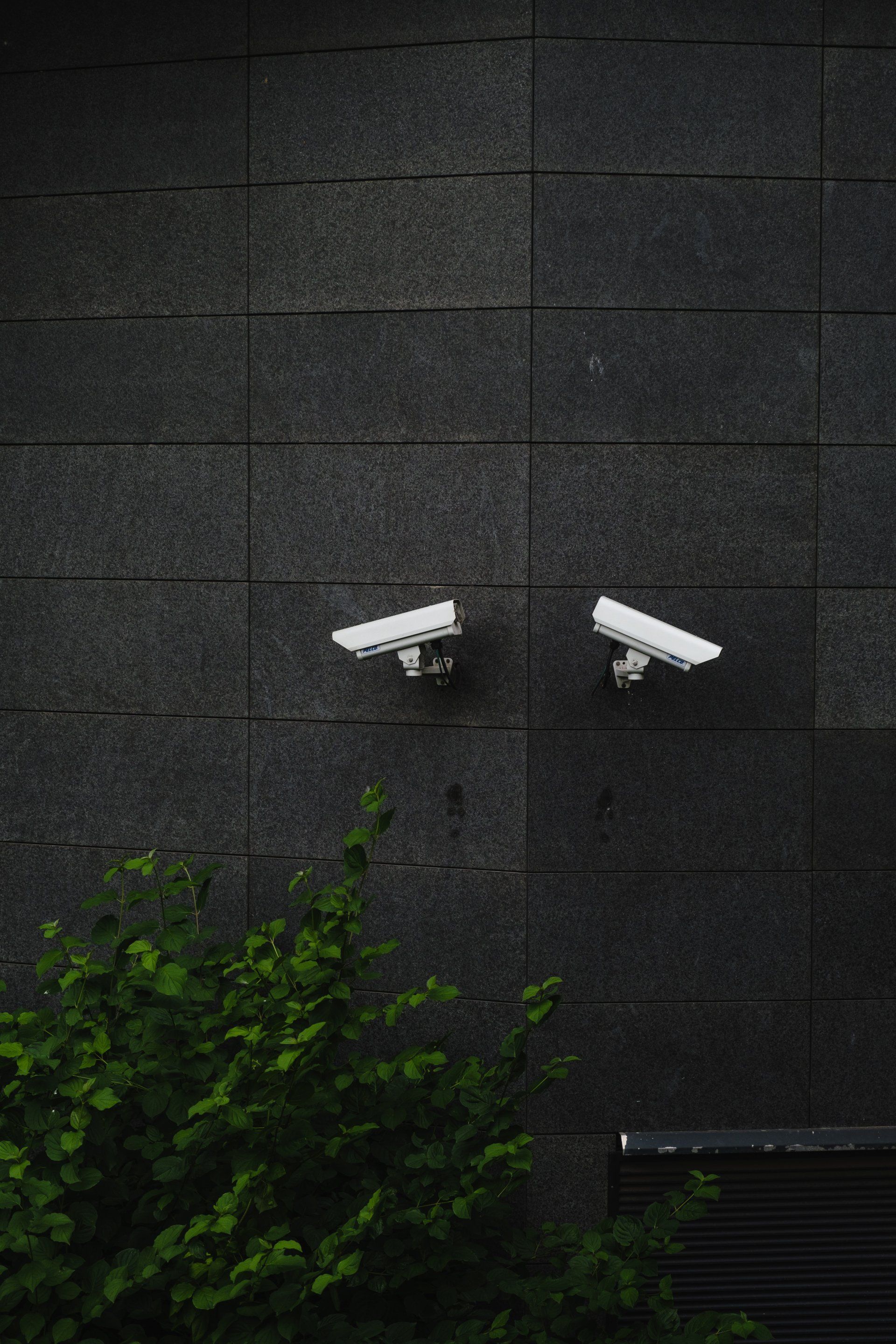The Essential Role of Security Cameras in Modern Property Management

The Essential Role of Security Cameras in Modern Property Management

Security is a top priority for property managers, whether overseeing multi-dwelling units (MDUs) or commercial properties. The right security measures protect the well-being of tenants and employees while safeguarding assets. Among the most effective tools in this realm are security cameras. This blog delves into the dual advantages of security cameras: their deterrent effect on potential criminals and the convenience of remote monitoring. By understanding these benefits, property managers can make informed decisions that enhance safety and operational efficiency.
The Need for Enhanced Security in MDUs and Businesses
Property managers today face a range of security challenges. From theft and vandalism in parking lots to unauthorized access in shared spaces, the safety concerns are real. For MDUs, the presence of multiple residents means ensuring a secure environment is crucial for tenant satisfaction and retention. Commercial properties, on the other hand, need to protect valuable equipment and data, making security a vital aspect of business continuity.
Traditional security measures like patrols or physical locks have limitations. Modern technology, particularly security cameras, offers a robust solution to these problems. They provide continuous surveillance and can be strategically placed to monitor high-risk areas, thus offering a stronger sense of security for all occupants.
Deterrence: A Visible Security Solution
One of the most immediate benefits of security cameras is their deterrent effect. The mere presence of cameras can discourage potential thieves, vandals, and other unwanted activities. When individuals know they are being watched, they are far less likely to engage in criminal behavior. This phenomenon, often referred to as the "surveillance effect," has been backed by numerous studies.
For example, a study conducted by the University of North Carolina at Charlotte found that 60% of burglars would seek an alternative target if they noticed surveillance cameras in the vicinity. This statistic highlights the value of cameras not just in capturing footage but in preventing incidents before they occur.
The deterrence factor is not only about reducing crime; it also creates a sense of safety for residents and employees. Knowing that their living or working environment is monitored provides peace of mind, which can be a key selling point for property managers aiming to attract or retain tenants.
Remote Monitoring: Managing Security from Anywhere
Beyond their ability to deter crime, modern security camera systems come equipped with remote monitoring capabilities. This feature allows property managers to keep an eye on their premises from anywhere, using a smartphone, tablet, or computer. This capability is a game-changer for those managing multiple locations or large properties, as it enables real-time oversight without the need to be physically present.
With remote monitoring, property managers can:
Monitor multiple locations simultaneously: A single manager can oversee the security of various properties, such as different apartment buildings or separate business sites, all from one central platform.
Respond quickly to incidents: Remote access means managers can assess situations as they happen, whether it's a suspicious individual loitering near an entrance or a triggered alarm in the middle of the night.
Provide enhanced peace of mind: Being able to check on properties remotely ensures managers can stay informed and react promptly, offering a heightened sense of security for both themselves and those they oversee.
For example, a property manager in charge of a commercial office building can check in on parking areas, entrances, and sensitive zones like server rooms with just a few clicks. This capability not only improves security but also helps streamline daily operations.
Integrating Security Cameras with Broader Security Systems
While security cameras are powerful on their own, their effectiveness increases when integrated with other security measures. For instance, pairing cameras with access control systems, like electronic keycards or biometric scanners, creates a comprehensive security network. Cameras can capture footage at access points, verifying who enters and exits a building, which is particularly valuable in case of security breaches or incidents.
Additionally, combining security cameras with emergency phones in areas like parking garages or poolside locations enhances safety protocols. Should an emergency arise, footage from the cameras can be reviewed alongside call logs to understand the situation and coordinate a swift response.
This integrated approach simplifies management for property owners, allowing them to monitor, manage, and respond to various security aspects from a single dashboard. It’s especially valuable for large-scale properties or businesses with multiple entry points, as it offers seamless oversight and coordination across all security measures.
The Evolution of Smart Security Cameras
In recent years, security cameras have become more than just passive observers. Advancements in technology have led to the development of "smart" security cameras equipped with features like artificial intelligence (AI) and machine learning. These systems can differentiate between routine activity and potential threats, reducing false alarms and ensuring that property managers are only alerted to truly suspicious behavior.
Key features of modern smart security cameras include:
AI-based motion detection: These cameras can identify specific movements or behaviors, such as loitering near an entry point or a vehicle parked for too long in a restricted area.
Facial recognition: Some systems can recognize known individuals and alert managers when an unfamiliar face is detected.
Automatic alerts: Customizable alerts can be set to notify managers when specific activities occur, like after-hours access or tampering with security equipment.
By leveraging these smart features, property managers can enhance the accuracy and efficiency of their surveillance systems, ensuring that they remain responsive to real security threats while minimizing unnecessary distractions.
Choosing the Right Security Camera System for Your Property
Selecting the right security camera system involves understanding the specific needs of your property. Different environments require different solutions, and a tailored approach ensures optimal coverage and effectiveness. Here are some factors to consider:
Coverage needs: Determine the areas that require surveillance, such as entrances, common areas, parking lots, or secluded spots. This helps in deciding whether to use indoor, outdoor, or a combination of both camera types.
Budget considerations: High-quality systems may have a higher upfront cost but offer long-term savings through reduced incidents and lower maintenance needs.
Desired features: Depending on your needs, you might opt for cameras with high-definition video quality, night vision, or weather resistance for outdoor installations.
For MDUs, cameras that monitor shared spaces like gyms, pools, or mailrooms can prevent common issues like theft or vandalism. Commercial properties, on the other hand, may benefit from surveillance in lobbies, office entrances, and storage areas.
Final Thoughts
Security cameras are more than just surveillance tools—they are a critical component of a modern, proactive approach to property management. By deterring criminal activity and offering the flexibility of remote monitoring, they empower property managers to maintain safety across MDUs and businesses. When integrated with other security systems and smart technology, the effectiveness of these cameras only increases, ensuring a secure environment for all.
Property owners and managers looking to upgrade their security should consider the many benefits of a tailored camera system. For expert advice on selecting and installing the right solution, contact Velofi today and take the first step towards enhanced property security.
